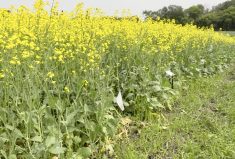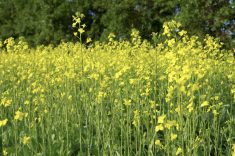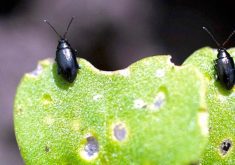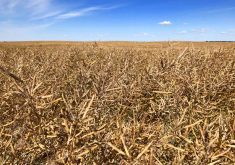All canola should be conditioned shortly after it goes in the bin.
Canola that goes into the bin hot is at much higher risk of spoilage and conditioning will reduce the grain temperature. It will also help dry down dockage, which may have higher moisture content than the seed. Note that straight-combined canola may have “greener” dockage, which could add to the storage risk. Movement of air through conditioning will also help remove moisture from this dockage.
- More on the Manitoba Co-operator: Top 10 risky storage situations for canola
Read Also
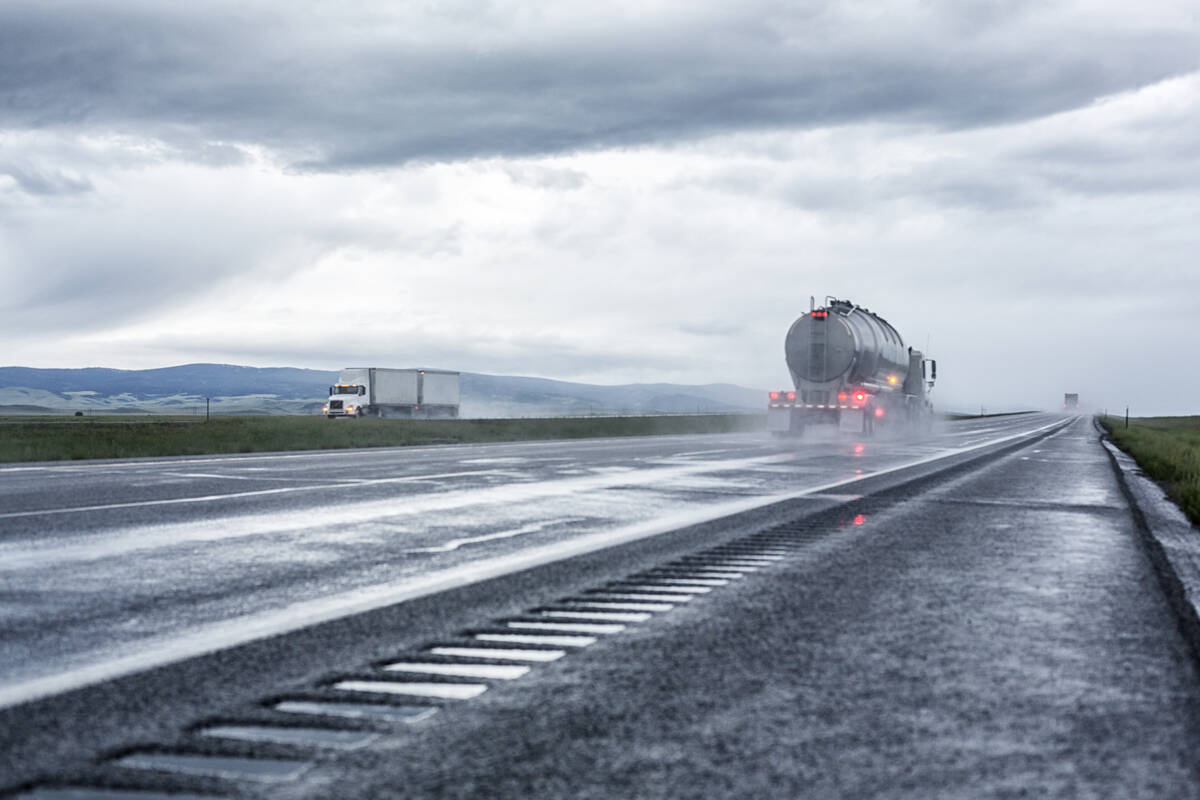
Province pledges funds to CentrePort Canada
The Manitoba government has pledged $450,000 towards projects at inland port CentrePort Canada.
Storage risk is reduced significantly when canola moisture is eight per cent or lower and temperature is 15 C or lower.
How to condition canola: Put canola in aeration bins immediately after harvest and turn the fans on until canola has cooled to 15 C. If aeration bin space is not available, keep moving the canola from bin to bin until it cools.
Augering canola from one bin to another will circulate air through the seed, cool it off and remove any developing hot spots. Moving canola after a couple of weeks on aeration adds another level of security to make sure the highly valuable crop is safe.
Monitor canola throughout the aeration process to make sure the temperature is coming down. Bin temperature cables simplify the monitoring process.
If temperatures stop falling or worse, start rising, this is a bad sign that heating may have begun. Empty the whole bin to break up hot spots and cool off the mass, then put the canola back on aeration.
The first four to six weeks after putting the canola in the bin is the most critical time.



